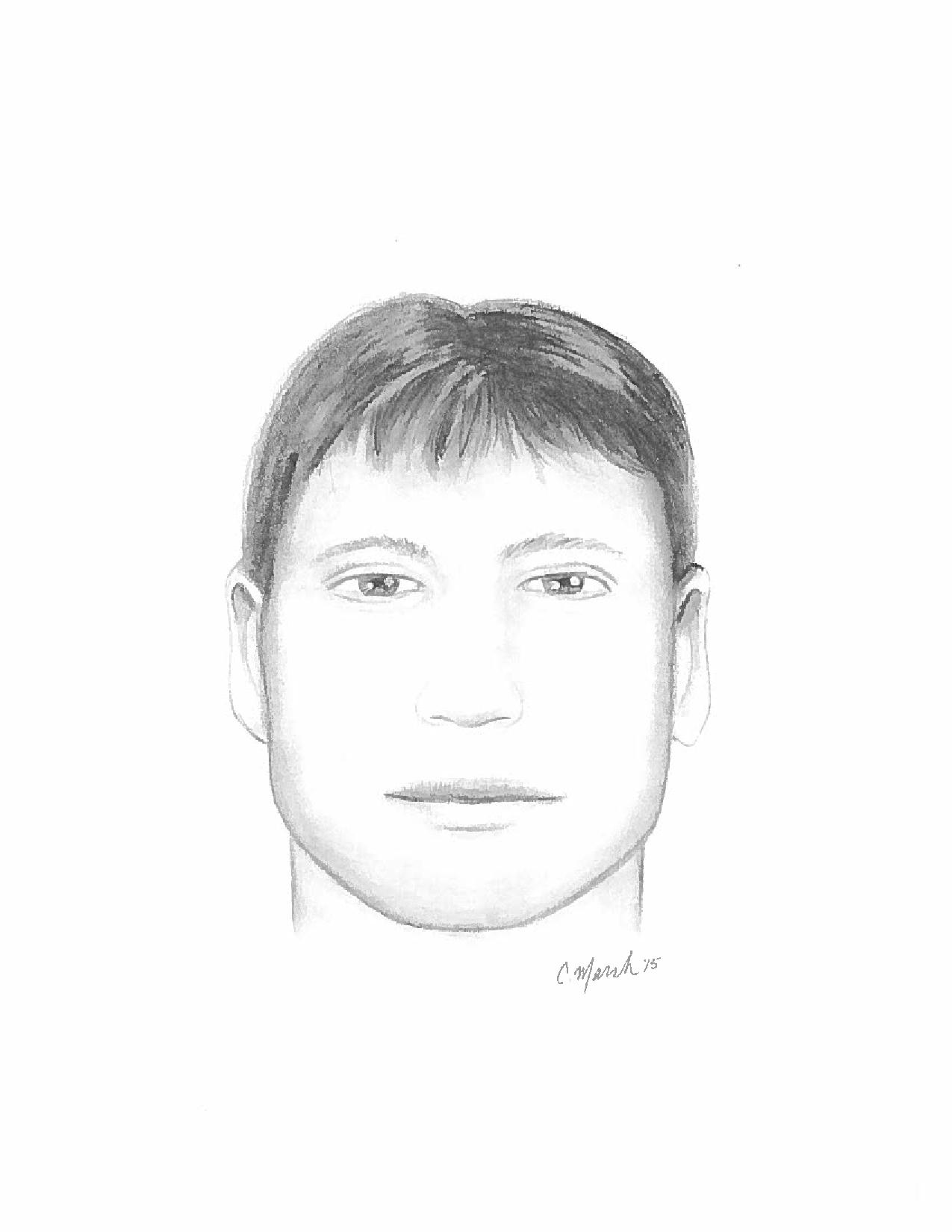
Forestry 7-16-20
Across eastern Wyoming, from Cheyenne to Newcastle, people have noticed high levels of damage to ponderosa pine trees. Damage varies in extent and intensity from partial yellowing of needles to tree mortality. At this time, experts do not fully understand all of the factors contributing to the condition of the trees, but Wyoming State Forestry Division is working with the U.S. Forest Service and the University of Wyoming Extension on the issue.
Two factors which explain some of the effects people are seeing on ponderosa pine trees:
- Winter damage caused by desiccation (drying out of needles) and the timing/fluctuation of cold temperatures
- Twig bark beetles
At the beginning of last October 2019, Wyoming experienced abnormally high fluctuations between daytime high and nighttime low temperatures. This combined with a late spring freeze in early April of this year likely damaged branch tips and more susceptible areas of the trees.
In May of this year, high amounts of winter desiccation were observed. Signs of winter desiccation are needles yellowing from the tips back, often on the windward side of the tree. Winter desiccation is caused by the trees losing water due to warmer temperatures or high winds and not having access to adequate moisture in the soil.
Throughout the summer in multiple areas, we have found increased evidence of twig beetles in ponderosa pine trees affected by winter damage. Twig beetles are a variety of small native bark beetle species that primarily affect small diameter branches in stressed or weakened trees. Twig beetles bore into the bark effectively girdling (killing) the ends of the branches. The result is a complete reddish yellowing color in affected areas similar to other bark beetle species in ponderosa pine. This can appear as spotted discoloring throughout the tree and examples can be seen in the attached pictures.
Twig beetles have multiple generations per year and have the ability to increase exponentially when conditions are favorable. Favorable conditions, in this case, are the abundance of stressed trees from winter damage providing high amounts of food and breeding habitat for the twig beetles.
Treatments at this time are limited and only practical for high-value trees. Ensure yard trees are watered when winter temperatures are above freezing and no snow melt isn’t present.
Insecticides are available for twig beetle control, but only applicable in severe cases. Wyoming State Forestry is continuing to work on the issue and will be providing more information as it becomes available.



